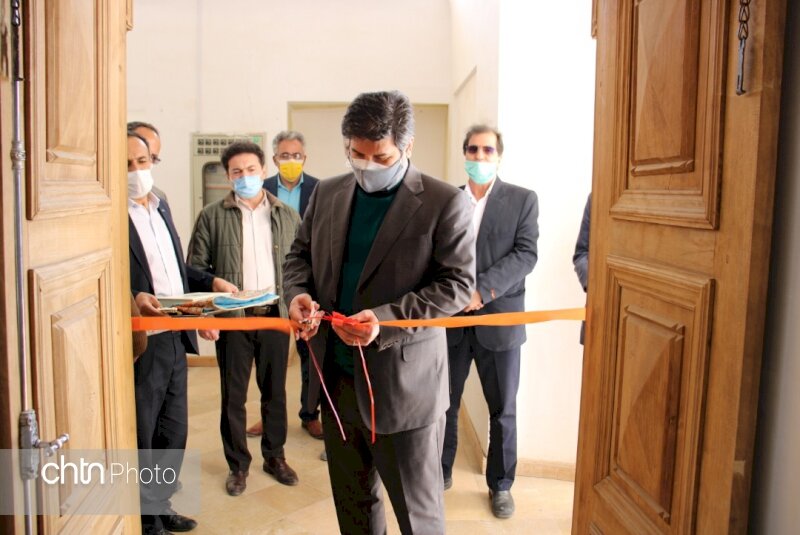Museums dedicated to endogenous crafts inaugurated in Shahr-e Kord

TEHRAN – Two museums dedicated to indigenous handicrafts were officially inaugurated in the city of Shahr-e Kord, the capital of Chaharmahal-Bakhtiari province, on Wednesday.
One of the museums features various handicrafts including metalworks, and the other is merely devoted to handwoven textiles and floorings, according to Mehrdad Javadi, the provincial tourism chief.
Both museums are located within the historical and cultural complex of Chaleshtar, which now the number of its museums adds up to five, he said.
The southwestern province is home to many cultural and natural attractions. Vienna’s ambassador to Tehran Stefan Scholz said last August that natural sights in Chaharmahal-Bakhtiari hold the potential to turn the province into a tourism hub for foreign travelers. “The pristine and unique nature of this province has a special potential to attract foreign tourists,” he said during his two-day visit to Kuhrang and Saman counties of the province. Many experts say the province is one of the lesser-known travel destinations in Iran.
Chaharmahal-Bakhtiari has various traditions and rituals related to tribal lifestyles. Special forms of music, dance, and clothing are noteworthy. It has considerable potential to become a vibrant tourist attraction because of its changing natural landscape. The province is also a hub for making wool felt products, majorly of which exported abroad. It is home to some 500 crafters, in over 250 workshops, making handmade felt products.
Iran exported $523 million worth of handicrafts during the calendar year 1398 (ended March 19, 2020). Of the figure, some $273 million worth of handicrafts were exported officially through customs, and about $250 million was earned via suitcase trade (allowed for customs-free and tax-free transfer) through various provinces, according to data provided by the Ministry of Cultural Heritage, Tourism and Handicrafts.
Traditional arts are learned from person to person, passed from one generation to the next, and influenced by culture, family, ethnicity, and era. With 14 entries, Iran ranks first globally for the number of cities and villages registered by the World Crafts Council, as China with seven entries, Chile with four, and India with three ones come next. Ceramics, pottery vessels, handwoven cloths as well as personal ornamentations with precious and semi-precious gemstones are traditionally exported to Iraq, Afghanistan, Germany, the U.S., the UK, and other countries.
AFM/
Leave a Comment